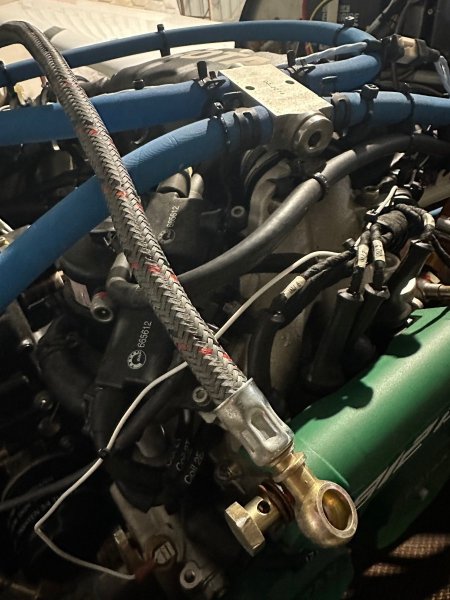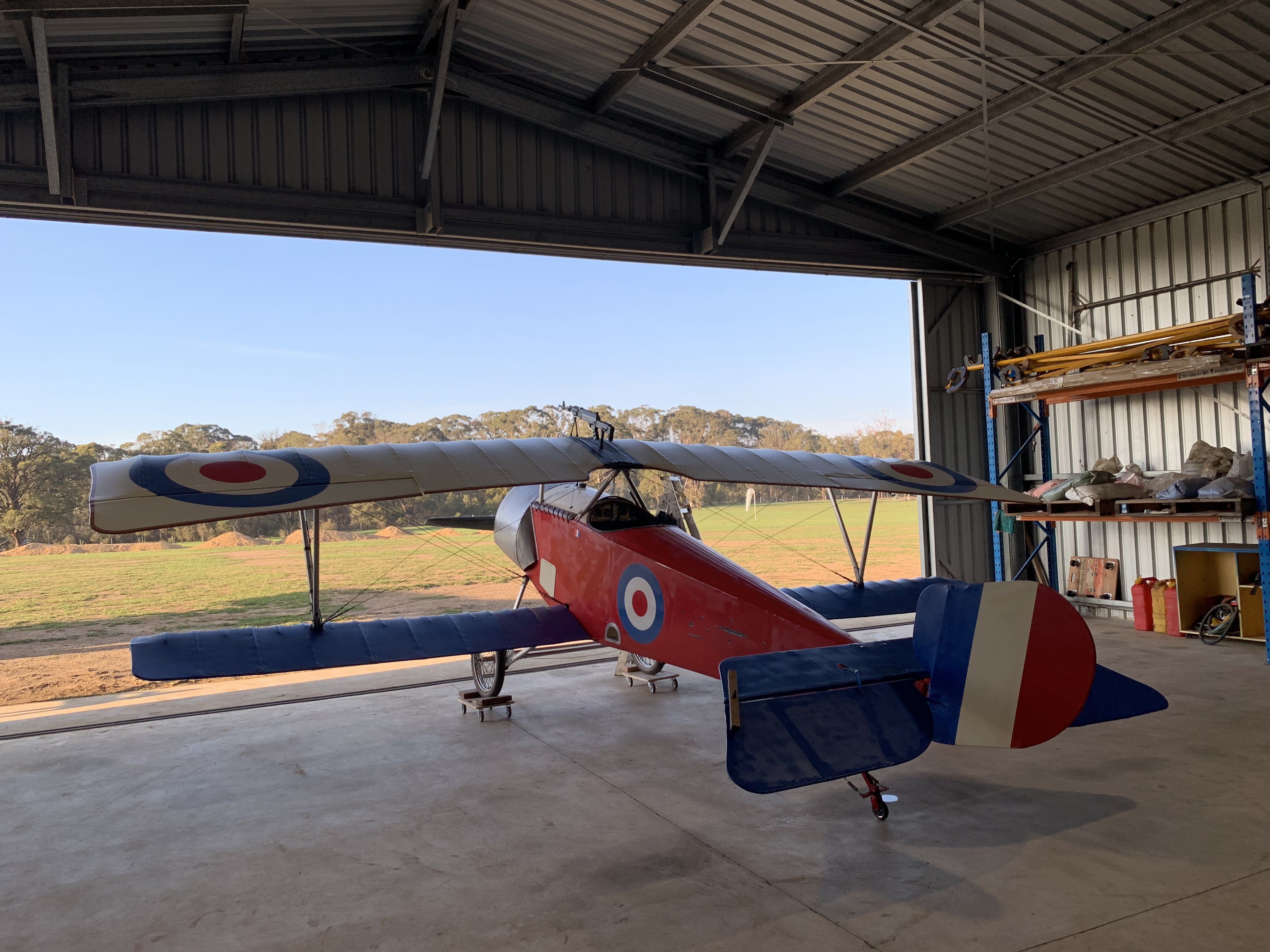
Gazunda61
Members-
Posts
11 -
Joined
-
Last visited
-
Days Won
1
About Gazunda61
- Birthday 16/08/1962
Information
-
Aircraft
Grumman
-
Location
Southern Highlands
-
Country
Australia
Recent Profile Visitors
The recent visitors block is disabled and is not being shown to other users.
Gazunda61's Achievements

Member (1/3)
-
Now it’s starting to make sense. The oil lines have been run forward over the engine to the cooler which has been moved so it can be accommodated in the Bristell cowl. Accordingly they have replaced the solid fuel line with a flexible one where it may have clashed. . Zero entries in the logbook to show when/where this modification was made. No indication of flex fuel line rating or date of installation. Or indeed if it has ever been replaced. All I know was that it was pissing fuel when I was starting it. 👍 good one.
-
Thruster, what do you think about this line running from the pump to the 1/3 Fuel rail? Is it standard? And should it be fire sleeved? I would say that it would need to be a flexible line.
-
Thanks Thruster.
-
The aircraft is a 2014 model - one previous owner. Total hours 370. Rubber hose replacement (as per logbook entry) was March 2020, just prior to transfer of ownership. Those blue oil lines are as a result of the oil return line splitting in flight about two years ago. This resulted in a declining oil quantity, smoke/fumes in the cockpit and messy engine, but aircraft was able to land safely. Oil lines were then replaced by our L2. (Makes me think aforementioned rubber replacement may not have actually happened?.?). Trying to establish why that fuel line between the fuel rails is a flexible type, as according to the maintenance manual and parts manual it is a solid line. Would like to hear from any other 912is owners to see if theirs is also a flexible line. Hard to imagine ROTAX issuing a SB replacing a solid line with a flex one. I’m yet to ascertain if that is in fact the case - no entry in logbook to support that.
-
Gazunda61 started following Rotax 912is Lane A dropout and ROTAX 912is Fuel Assembly
-
Anybody operating a 912is? I am curious to establish why on my Bristell there is a flexible hose running between the fuel rails. The parts manual has a solid fuel line. See attached photo. The reason I’m asking is because during start up yesterday one of the couplings at the banjo fitting burst and started spraying fuel. Fortunately I was still on the ground.
-
-
I should add that we had a diagnostic performed and the advice received was to increase the idle setting which did indeed solve the problem - temporarily.
-
I'm leaning that way as well. Lower airspeed, higher AOA and turbulent airflow through the cowl leading to vibration. I'm going to pull the spark plug connectors and visually check the terminals.
-
Hi, Seeking advice on this problem please. Have a 912is powered Bristell with 390 hours on the engine and have been experiencing a Lane A dropout on final at idle speed. Frustratingly we have been chasing this problem for a while. EMS says Ignition Fault Cylinder 1/2. Checked plugs, checked caps, checked air sensors, increased idle setting on throttle. Symptoms only appear on final, in the flare or shortly after touchdown. Reset Lane A on ground and it is returned to ACT. Can't seem to fault it, nor understand why it only occurs near or on landing. All other electrical and engine parameters are stable. Any ideas? Also, as we are Sydney based I would be grateful if anyone knows of a 'Rotax Guru' in the area that I can take the aircraft to for diagnosis. Thanks, Paul
-
Neither. I won’t reveal it because that is between myself and BAE.
-
I bought one prior to the auction. Yes they are ’high’ hour machines, but most have been through a wing spar/splice plate replacement. They are in reasonable cosmetic nick appropriate for their age noting that they have been ’workhorse’ aircraft. The avionics are fantastic - GTN750, ADSB In/Out, TAWS (TCAS), COM 2, etc. Engine TBO is 1500hrs (was 1650 but that was only for BAE). A persual of the engine logbook shows that the engine made TBO on each occasion and was subsequently overhauled. Empty weight comes in at around 790kg mark with a MTOW of 1180kg. Slightly heavier (+50kgs ish) than an A model, but no need to dismiss them on that basis. Over the last few hours I have been achieving around the 120-125 KTAS For 45 lph. My view is that they have been very well maintained and that they have plenty of life left in them for a private operator like myself (30-60 hours a year). They are already VH registered. Some (like mine are 91/92 models acquired from the factory new by BAE - hence one owner. Others are a mix of ex RAAF A models and RNZAF B models. I am very happy with my purchase. I’ve already been inverted and flying it is a real hoot. Traps in owning one? Probably no more or less than any other GA aircraft. And no, I’m not going to reveal what I paid for it.








